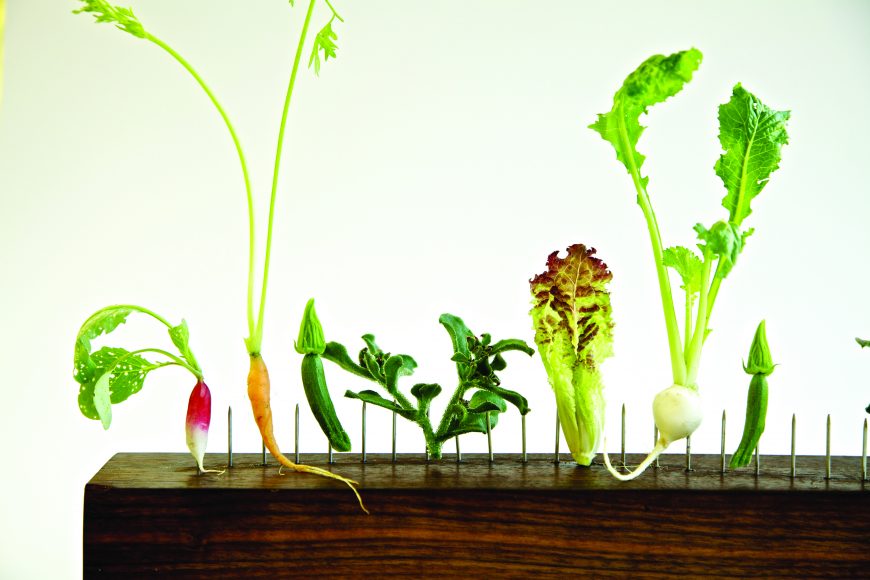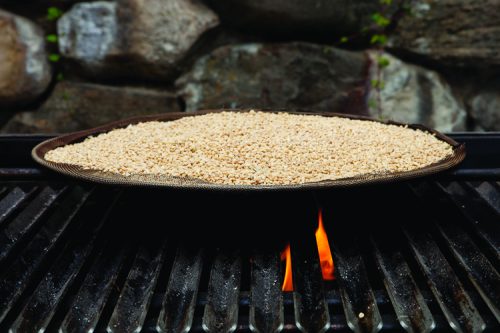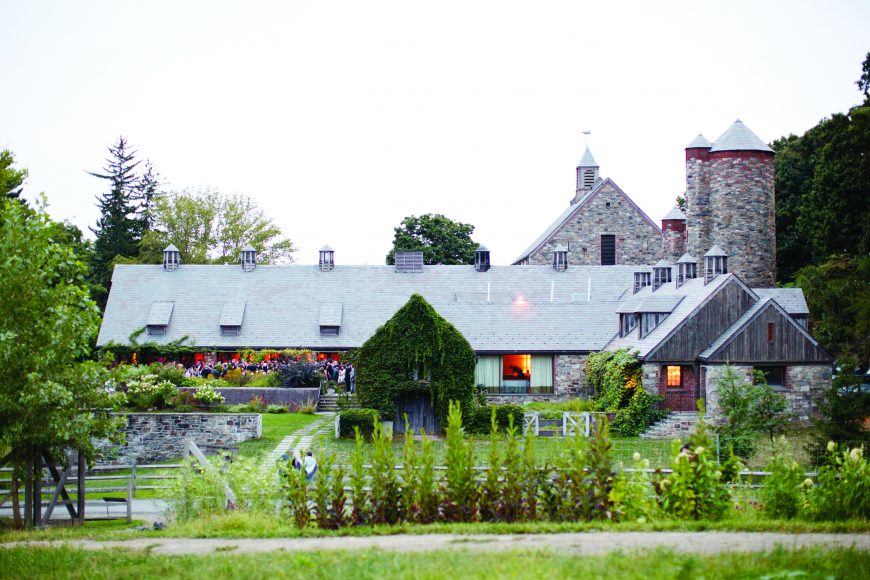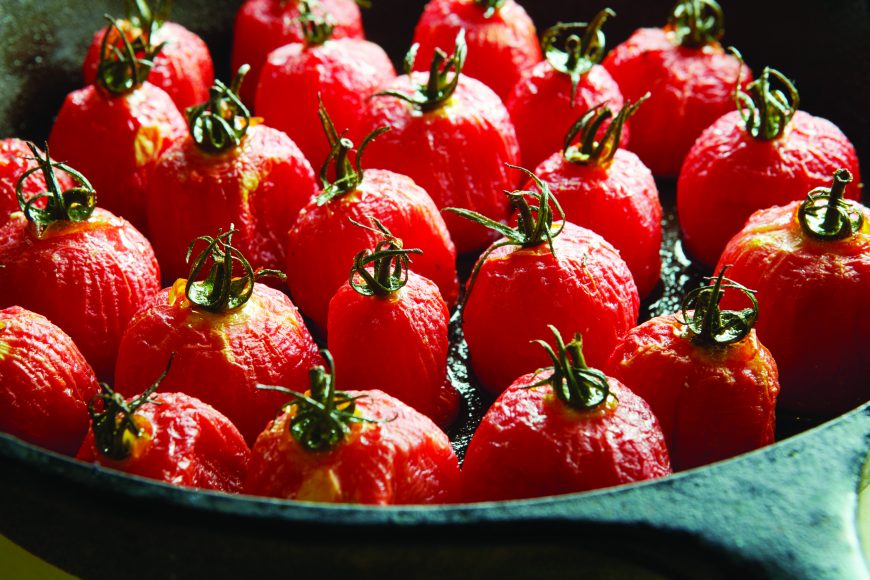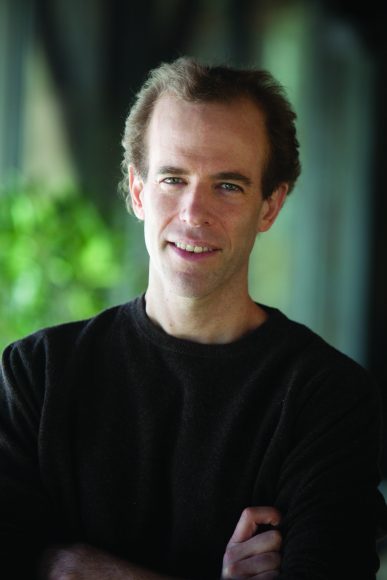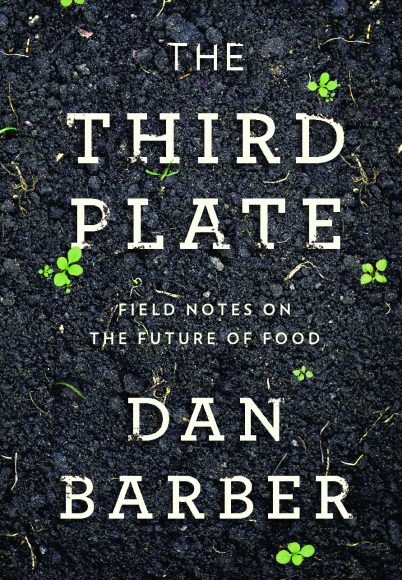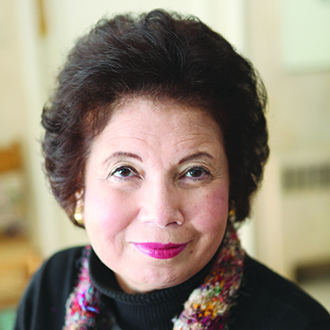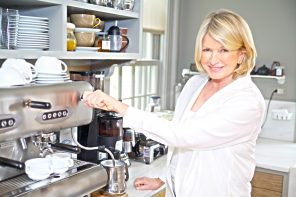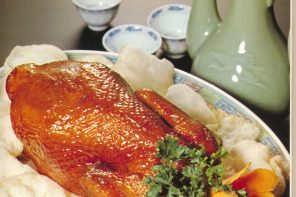“The Hudson River Valley is a great place to embrace the new way of thinking about producing and eating food that I call ‘The Third Plate,’” said Dan Barber, chef and co-owner of Blue Hill in the West Village of Manhattan and Blue Hill at Stone Barns in Pocantico Hills, part of the nonprofit Stone Barns Center for Food and Agriculture.
Barber’s book of the same name, several years in the making, has risen on best-seller lists since its publication May 19, striking a chord with those interested in a healthy diet based on the principles of sustainability and sensitivity to local producers of food.
The full title of the book, “The Third Plate: Field Notes on the Future of Food” (Penguin Press, 437 pages), reflects what Barber – a multiple James Beard Award winner and one of Time’s Most Influential People of 2009 – sees as the newest and best phase in the American way of eating. Although identified with the farm-to-table movement of the past decade, Barber said he had come to the realization that it didn’t do enough to have an important and lasting effect on our food system.
New way of eating
“The traditional American meal, ‘the first plate,’ typically consisted of a large piece of corn-fed beef, a starch and a vegetable,” he said. “Thanks to the burgeoning farm-to-table movement, many people began eating from the healthier ‘second plate.’ But this is still very similar to the first plate, even though the meat may be grass-fed and the vegetables local and organic. Neither the first nor the second plate supports the long-term productivity of the land.”
In his book, Barber calls for “the third plate,” a way of eating rooted in cooking with foods from whole local farms, using their vegetables, grains and livestock without “cherry-picking” certain ingredients and leaving the rest behind and unused.
“Even though my approach changes the plate from protein-centered to grain- and vegetable-centered, if you live in the Hudson River Valley, you should eat meat,” he said.
Barber believes our region is well suited to the production of meat and dairy products.
“They are part of the local landscape and what many local farmers produce,” he said. “These dairy and meat animals feed on some of the best grass in the world and there is no reason not to use them. Including beef in appropriate ways and portions supports the farmers of the Hudson River Valley.”
Barber said a “third plate” approach to a meal drawing from Hudson River Valley farms could involve the use of root vegetables, grains and a side portion of meat.
“This could be oxtail or beef shank instead of steak,” he said. “We need to get away from focusing only on certain cuts and use the whole animal, with appropriate amounts on the plate.”
Barber said the farm-to-table movement was important in refocusing on the proper use of food, but the time had come to think about using the whole farm.
“We need to think about all of crops in the entirety of the Hudson River Valley,” he said. “How can we support the local agricultural landscape and what it contains? Once we answer that question we will have true sustainability. We need to work on new patterns of eating. And the third plate in our area will be very different from the third plate in Florida, Oregon, Maine or California.”
Exploration
Although many of the ideas Barber shares in “The Third Plate” had their origin in his restaurants’ kitchens, his process of full discovery took him far afield. He explored alternatives of food production and cooking that maximize sustainability, nutrition and flavor.
In his book, Barber considers the traditional farming practices of the regions of many different countries, including Spain and the straits of Gibraltar, with that region’s reliance on fish. In upstate New York, Barber learned from a flourishing mixed-crop farm where innovative organic practices have revived the land and resurrected an industry. And in Washington State he worked with cutting-edge seedmen developing new varieties of grain in collaboration with local bakers, millers and malt-makers.
Returning to his discussion of the Hudson River Valley and its production of beef animals, Barber said that “eating meat here is defensible. Actually I will go so far as to say if you live here and you are a vegetarian who believes in sustainability, you’ve got some explaining to do. We should not be dictating one diet for the whole region. We need to develop a pattern of eating that instead supports the producers of food in the region.”
When asked if he believed his “third plate” approach was realistic, with diners asked to forgo their 12-ounce rib-eye steaks and onion rings, Barber said, “It’s the only way we can move forward. The way we are going now is not sustainable. Today’s diet does not support a healthy agriculture system. We need to learn to eat differently and explore other options that support our agricultural environment in its entirety. We do not need to be elitist about this when we select our foods. That’s cherry-picking. All of the products produced in a particular region need to be examined and embraced where appropriate.”
Barber said that all of his principles would go by the wayside if the food on his third plate was not delicious.
“Once that has been established we can move the principles from restaurants to home chefs and then out into the mainstream. This may take a generation or two but it can happen. We simply must think in terms of supporting what the land wants us to support.”
Dan Barber has a book tour, visiting New York, Boston, Los Angeles, San Francisco, Seattle, Portland, Cleveland and Washington D.C., planned. For more, visit thethirdplate.com.

